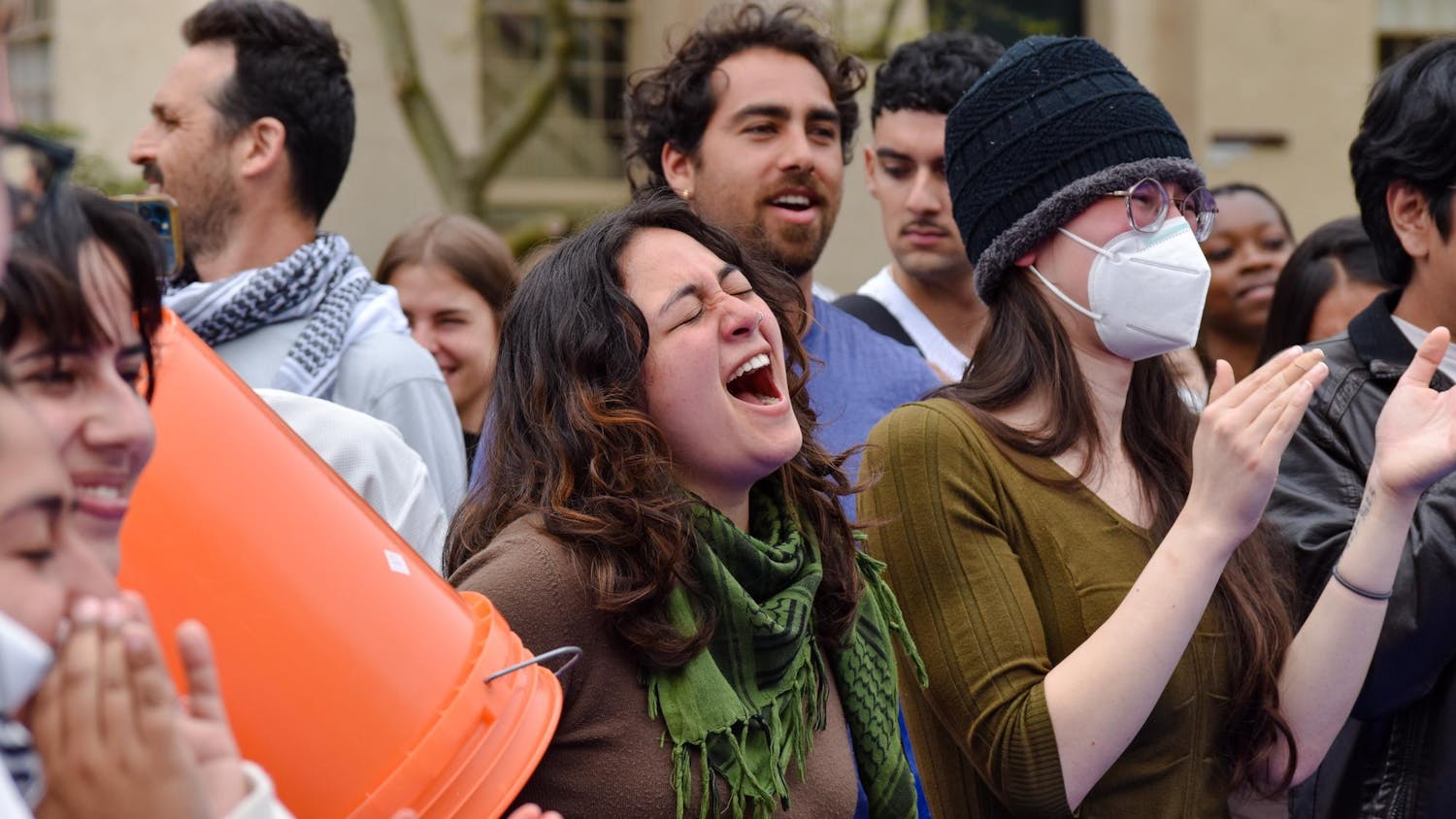“The message space exploration sends to the rest of the human race is that when you get a bunch of people together who love what they do and put their talent together, you can do almost anything,” said Michael Genest, a key member of the Mission Control Center for the International Space Station in his lecture, “The International Space Station and The Future of Humans in Space,” Tuesday afternoon.
Genest has been in charge of electrical power system mission planning and flight control expertise for the Mission Control Center of the ISS since 1992. He started his career in 1979 working on the Space Shuttle Program as a Mission Analysis engineer, and he received his degree in aerospace engineering from Penn State University in 1979.
The ISS orbits 225 miles above the Earth’s surface, traveling at 17,500 miles per hour. It consists of one million pounds of mass, which presented a significant challenge to putting it in orbit, Genest said. It took 12 years, the collaboration of 15 nations and 174 spacewalks to realize the goal of the ISS.
Confronting difficult challenges — such as sending a million pounds of mass into space, landing a rover on Mars, sustaining 1,600-degree temperatures and traveling at 13,000 mph — is a hallmark of working in space exploration, Genest said.
One of the most important attributes of a NASA employee is problem solving, second only to the “ability to stay cool under pressure,” Genest said.
Despite NASA’s problem-solving abilities, the program is still faced with significant challenges when it comes to funding and public support. “The lifeblood of space exploration for now is funding,” Genest said, and “as long as we’re in the Lewis and Clark mode of exploration — government funded, expensive and therefore purely exploratory — we’re going to be vulnerable to political will.”
One potential solution would be to “shift the center of gravity more to a more self-interested, commercial model. Then the things that motivate all commercial successes will motivate space flight,” Genest said. Until there can be this shift toward a more commercial model, NASA has attempted to gain public support through social media efforts and through the internet.
NASA could be a generation ahead in what it has achieved, Genest said, if it had the right funding. During the space race, space exploration received 5 percent of the national budget. Now that number has dropped to 0.5 percent., he said
NASA hopes to put humans on Mars by 2035, Genest said. He believes an important step toward this goal is starting to send manned missions to the Moon in order to test sustained life on extraterrestrial bodies.





